Reinventing Malaysia’s food scene

We can’t contain our fascination as plate after elegant plate of Malaysian food appears before us.
The server patiently explains each course as it’s placed on the table. The popular Malaysian karipap (curry puff) snack comes in the form of crispy potato cylinders encircling dollops of curry mascarpone and topped with dainty goldleaf and curry leaves. Next up is a tender sous-vide chicken from Bidor – a town near Ipoh, in the country’s west – paired with a pesto that incorporates spicy ginger from Bentong in Malaysia’s east. And in place of the much-loved sweet fried banana dessert is an elegant, rose-shaped banana cracker perched on a scoop of condensed-milk ice cream, with a sprinkling of crushed peanut and sesame on top.
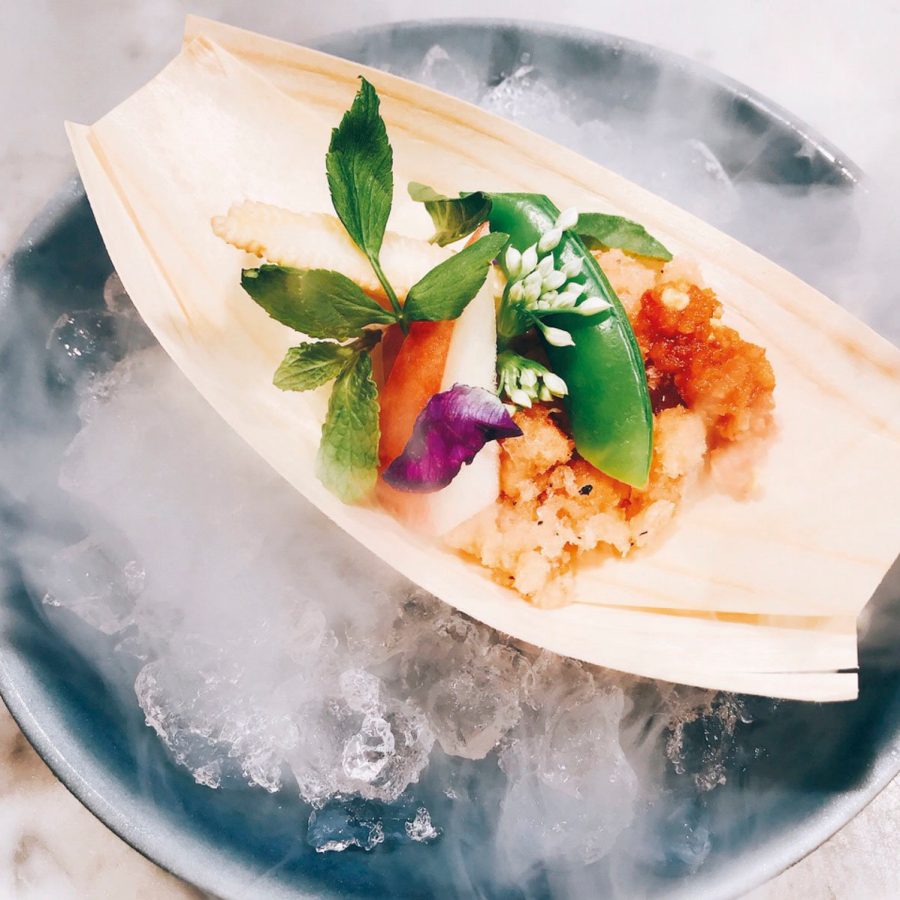
All this while our Kopi-O-Tonic cocktails – a gin and coffee infusion specially created for the East Imperial Gin Jubilee event that weekend – were puffing out pandan-scented smoke.
We were working our way through the 10-course Tour of Malaysia degustation menu at Beta , a contemporary-chic restobar in the centre of Kuala Lumpur. The sampling showcase of produce from across Malaysia was thoroughly indigenous – and it was delightfully surprising, given my exposure to local fare had been mostly in hawker form.
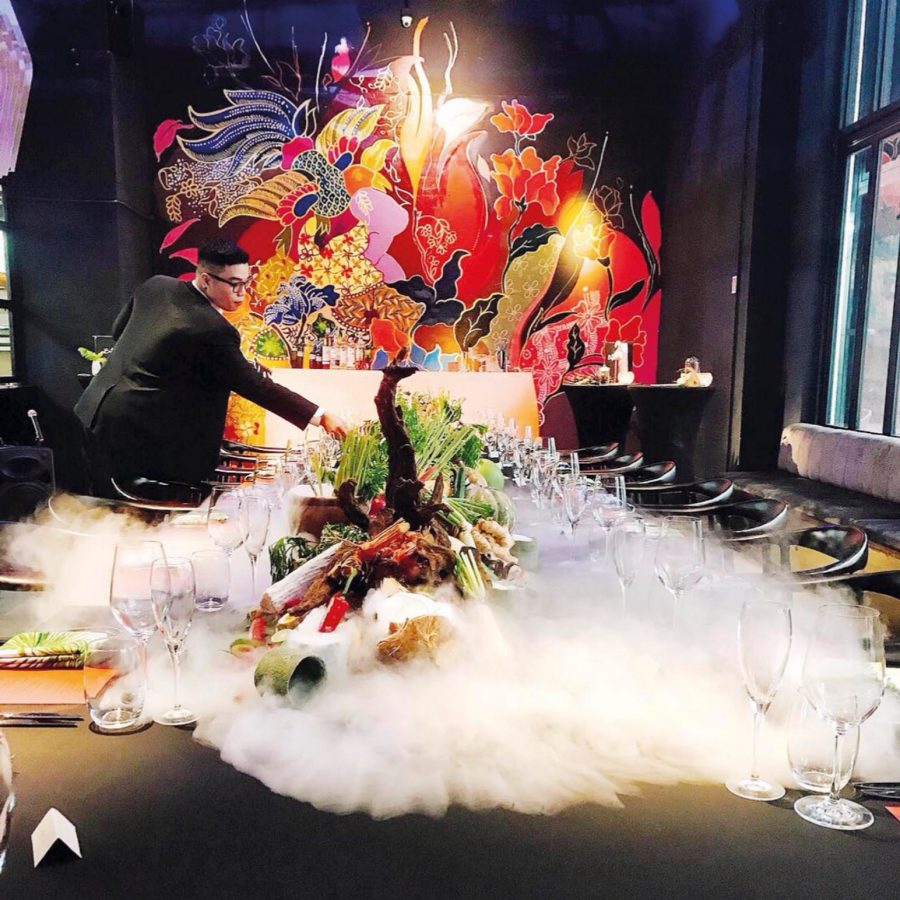
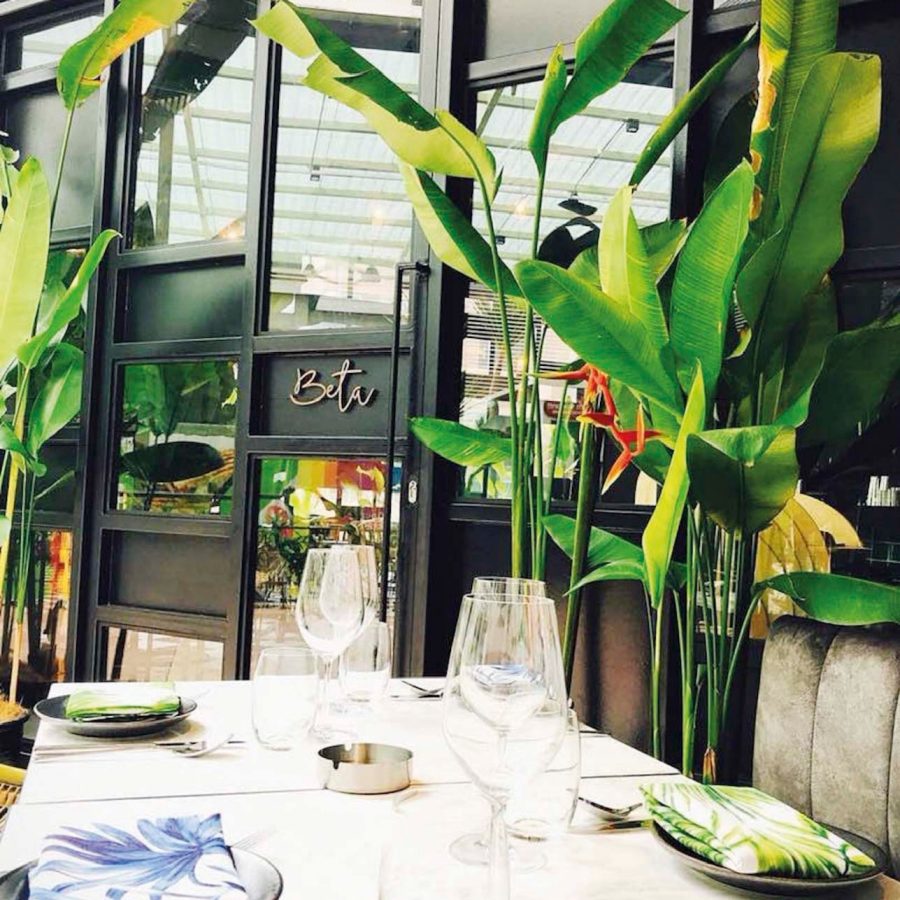
And upending expectations is exactly what Beta’s executive chef Raymond Tham hopes to achieve. “The Malaysian mindset is if you don’t serve foie gras, truffle or expensive French chicken like poulet de Bresse, you’re not fine dining,” he says. “I love it when customers tell us they didn’t know that we could come up with something so different with something very Malaysian, where the flavours bring back childhood memories.”
It’s hard to change mindsets, but chefs like Tham are determined to bring a whole new depth and breadth to tables in Kuala Lumpur with the rich bounty of Malaysia’s terroir.
Sean Yoong, who has run food review website Eat Drink KL since 2009, says he’s seen a lot more experimentation in the local dining scene over the past decade. KL is joining the ranks of cities that care about culinary creativity coupled with a sense of conscientiousness,” he says. “Diners appreciate chefs who come up with inventive, inspiring fare, whether it’s playful reinterpretations of classic local recipes or clever new creations that make surprising use of local produce.”
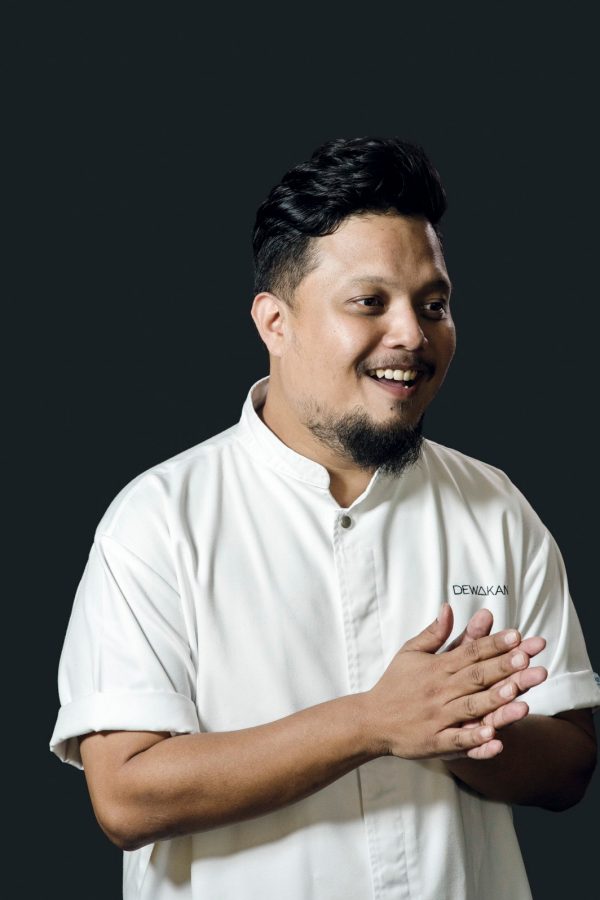
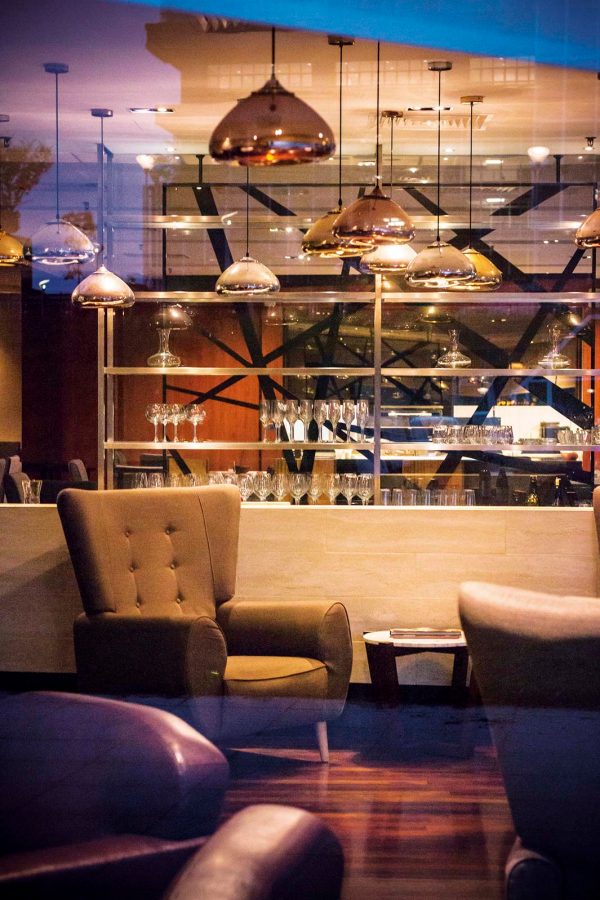
The dishes in this new fine-dining scene don’t rely on shock-and-awe gimmicks, but on top-quality Malaysian ingredients combined with skill and inventiveness. Chef Darren Teoh of Dewakan , widely acknowledged as the pioneer of modern Malaysian fine dining in the capital, scours wet markets, forages farmland and works with small local producers to create textured dishes brimming with flavours. On his menu are prawns brushed with a homemade paste of coriander stem and salted lime skin, and placed in a broth of warm starfruit juice with fragrant kaffir lime leaf oil. The often stir-fried sayur manis sweet leaf is used in sorbet.
“Our cuisine is focused on non-linear thinking on the unique indigenous ingredients from Malaysia,” says Teoh. “Not everyone who walks through our doors gets what it is that we do. That’s all right, even though it does make it a challenge to continue to push the curve.”

For Japanese chef Masashi Horiuchi, Malaysia’s produce was the deciding factor in him opening French nose-to-tail restaurant Entier in Alila Bangsar in 2018. “I was already getting fresh produce from Malaysia, so I thought why not move here to where it is?” says the affable Horiuchi, as we chatted over a chocolate and cardamom dessert made from single-origin chocolate custom-produced for Entier by a farm in Pahang, a state in eastern Malaysia.
The chocolate was chosen after many samplings by Horiuchi to find the perfect flavour profile. Poultry and vegetable varieties are also carefully selected, with personal farm visits by the chef. Cauliflowers, leeks and decorative flowers are all from separate producers; so are the chickens used for the oven-baked leg dish (a farm in Johor, south of Kuala Lumpur) and roasted whole chicken (“It’s a secret”).
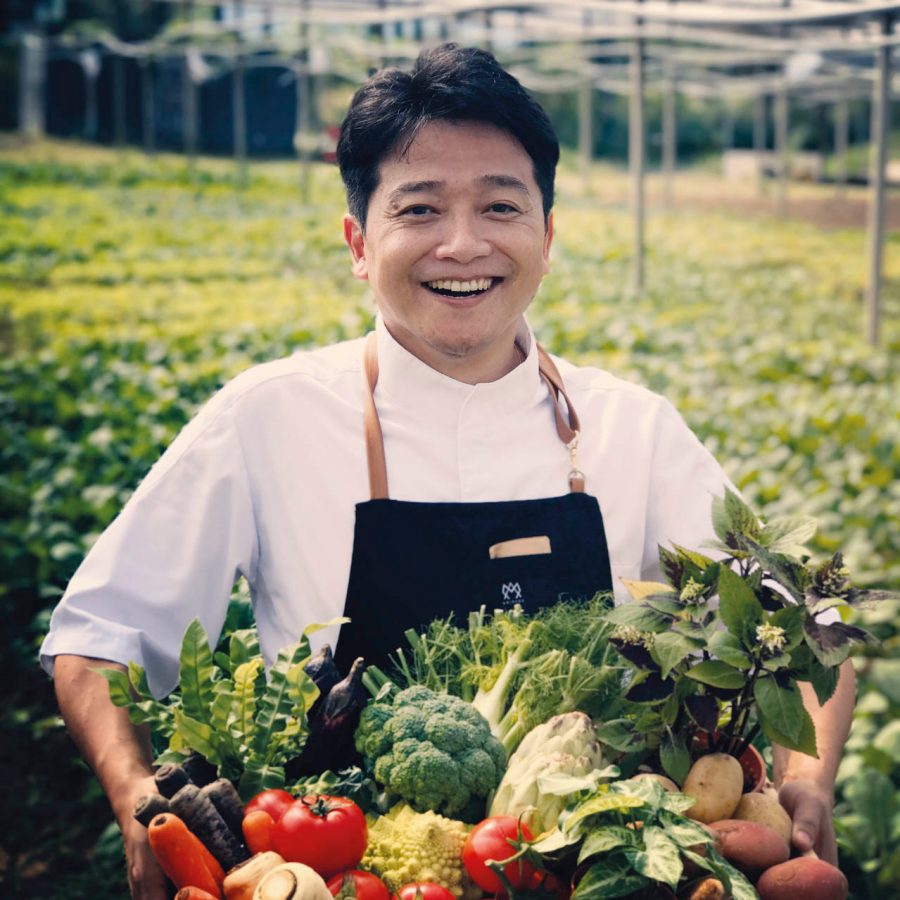
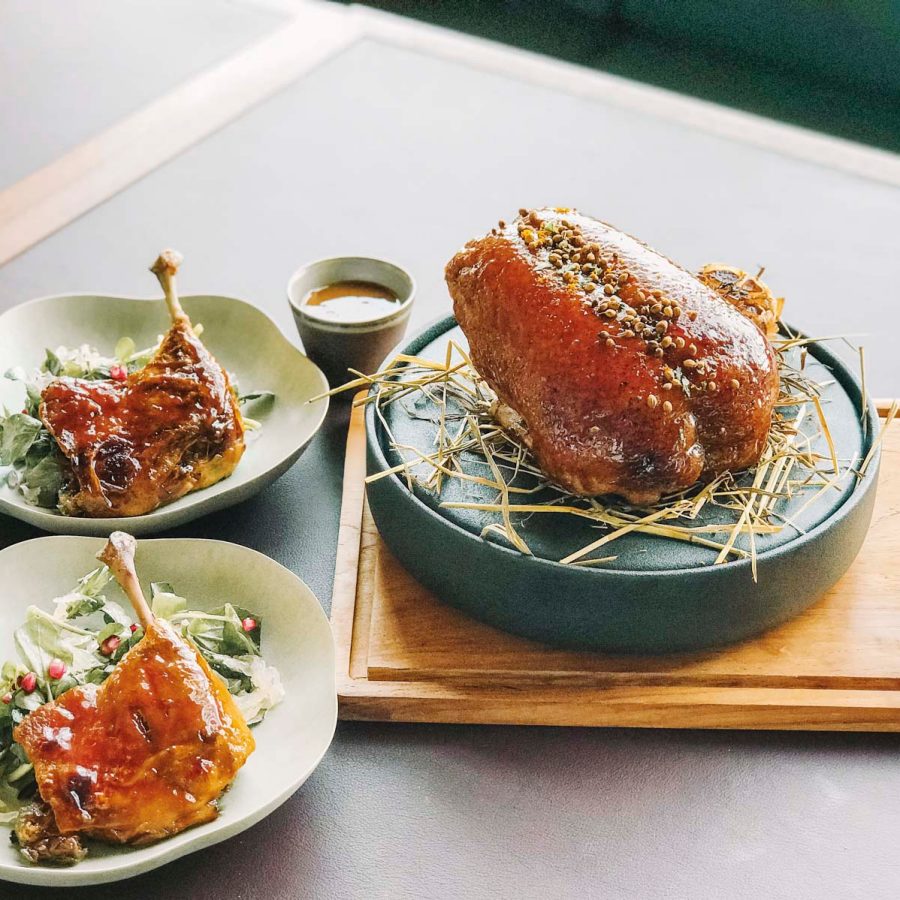
Having spent five years as sous chef at two-Michelin-starred L’Atelier de Joël Robuchon in London, Horiuchi was ready to ship in French ducks until a chance encounter with a roadside stall selling ducks from Bidor. The chef chose to go local for the fowl’s taste and texture.
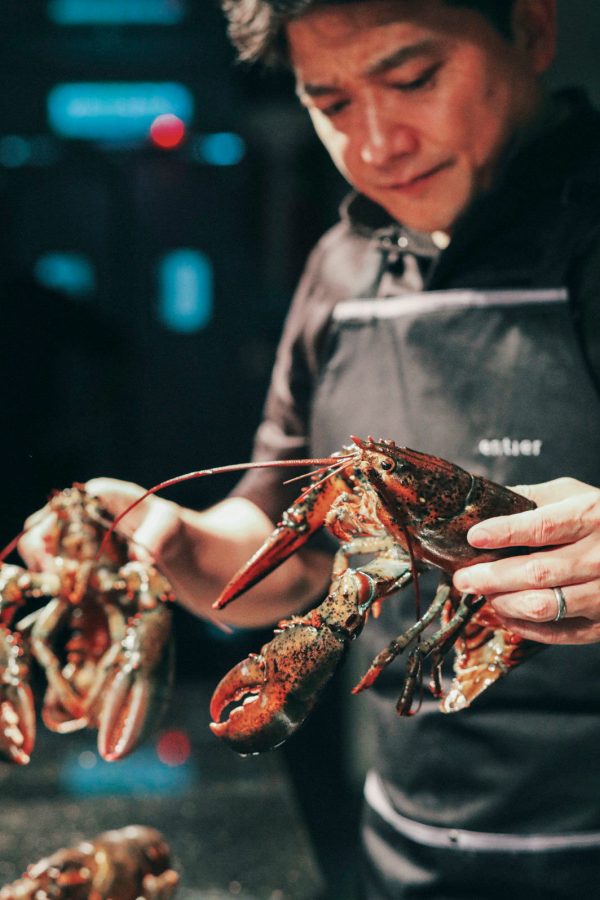
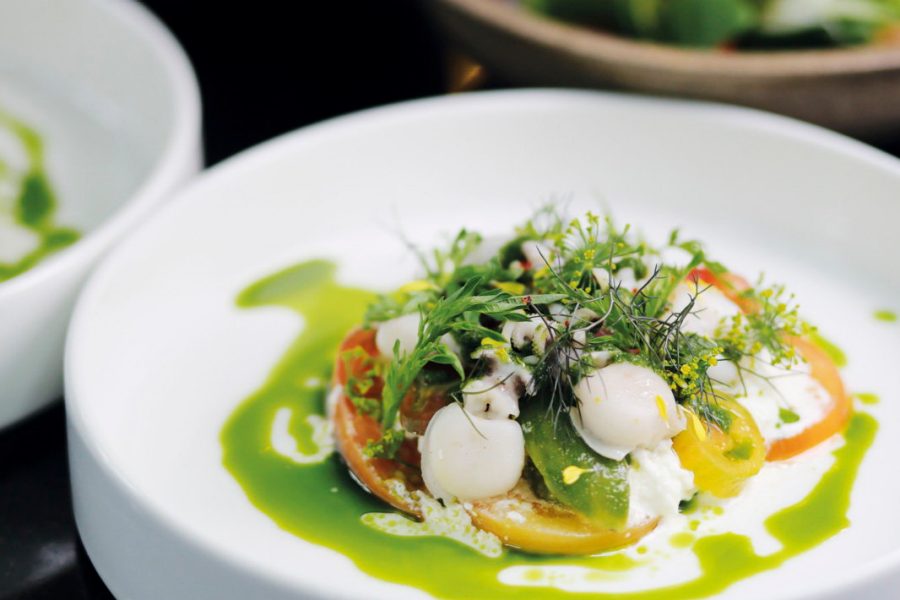
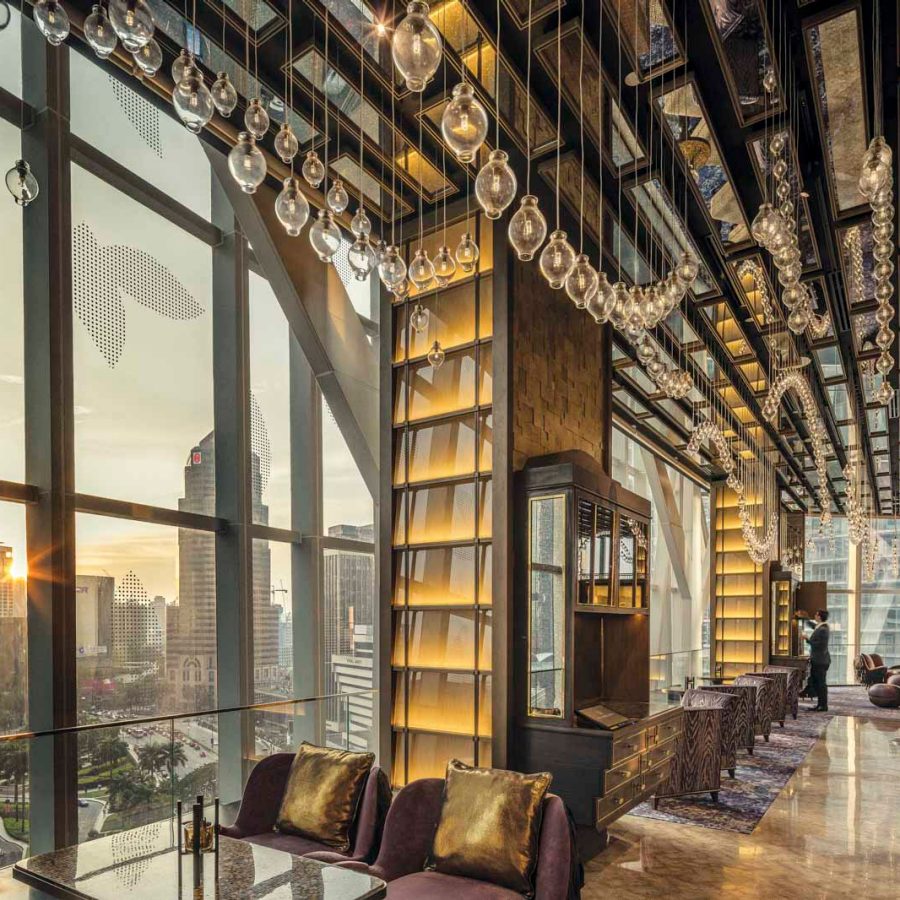
Cocktail bars are creating local varieties of traditional classics, and it’s not all pandan and palm sugar either. At gin-focused bar Pahit , I had a gin and tonic made with sous-vide jackfruit and lime. And there’s the exciting Bar Trigona , located in the Four Seasons Kuala Lumpur. It is named after Trigona stingless bees, with cocktails incorporating honey from a small Negeri Sembilan farm located 45 minutes southeast of the city. In place of muddled sugar in my Trigona Old Fashioned is a piece of honeycomb, lending a slightly tangy note to the cynar, bourbon and bitters, with smoky whiffs from a garnish of cedarwood.
Head bartender Ashish Sharma includes turmeric from Pahang and fresh fruit from a southeastern Bangi organic farm into the drinks. Plans include bringing groups of bartenders on foraging trips to meet local farmers and source produce.
Prep your taste buds: the modern dining revolution in Kuala Lumpur has just begun.
This story was originally published in February 2019 and updated in September 2020
More inspiration
Kuala Lumpur travel information
- China – the Chinese Mainland, Hong Kong SAR, Macao SAR and Taiwan Region
- Hong Kong SAR - English
- Chinese Mainland (China) - English
- Taiwan, China - English
- 香港特別行政區 - 繁體中文
- 中国內地 - 简体中文
- 中國台灣 - 繁體中文
- Africa
- South Africa - English
- Americas
- Canada - English
- Canada - Français
- United States - English
- Asia
- Bangladesh - English
- Korea - English
- Singapore - English
- Cambodia - English
- 한국 - 한국어
- Sri Lanka - English
- India - English
- Malaysia - English
- Thailand - English
- Indonesia - English
- Maldives - English
- ประเทศไทย - ภาษาไทย
- Indonesia - Bahasa Indonesia
- Myanmar - English
- Vietnam - English
- Japan - English
- Nepal - English
- Việt Nam - tiếng Việt
- 日本 - 日本語
- Philippines - English
- Australasia
- Australia - English
- New Zealand - English








